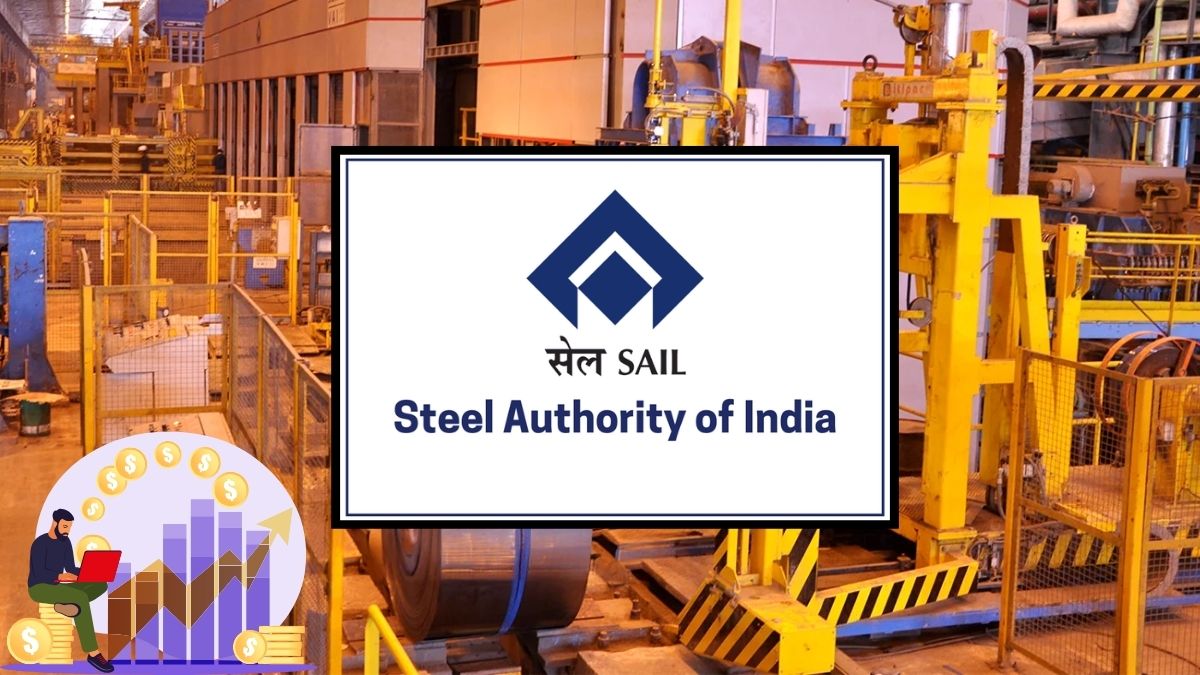In a significant decision that could influence the retirement planning of millions of government employees, the Centre has extended the popular tax benefits of the National Pension System to the newly introduced Unified Pension Scheme. The announcement comes as the UPS continues to see limited traction despite offering a guaranteed pension, prompting the government to enhance its appeal through tax incentives.

The Unified Pension Scheme promises a secure and inflation linked retirement benefit, ensuring that employees receive a pension amounting to fifty percent of their last drawn salary. This pension is calculated based on the average basic pay of the final twelve months of service and is made available to those who complete a minimum of twenty five years in government service. While this scheme was introduced to address concerns around the market linked nature of NPS, the lack of comparable tax benefits had slowed its adoption.
To address this concern, the Finance Ministry has clarified that all the tax deductions and exemptions available under the NPS will now be applicable to the UPS as well. Under existing tax norms for the NPS, individuals can withdraw up to sixty percent of their retirement corpus without any tax liability, while the remaining amount must be invested in annuities to generate a regular pension. The UPS now mirrors this benefit, allowing tax free withdrawals up to the same percentage, though there is a corresponding reduction in the guaranteed pension payout when withdrawals are made.
Additionally, employees will also be able to claim tax exemptions on withdrawals made during service, such as up to twenty five percent of self contributions for emergencies. This is a major relief for employees looking for liquidity without penalty during their tenure. The government has also ensured that the deductions under Section 80CCD(1B) and Section 80CCE of the Income Tax Act, which are available to NPS subscribers, are now applicable to UPS subscribers as well. This includes an extra deduction of fifty thousand rupees beyond the existing limit of one lakh fifty thousand rupees under the old tax regime.

The contribution structure under UPS has also been revised to make it more generous. While the employee continues to contribute ten percent of basic pay and dearness allowance, the government’s share has been increased from fourteen percent under NPS to eighteen and a half percent under UPS. This enhancement aims to offer a more financially secure future for those who opt into the scheme.
Despite these reforms, adoption of the UPS has remained low. Out of 2.7 million central government employees currently enrolled under the NPS, only about one percent have made the shift to the new scheme. To encourage more transitions, the government has extended the deadline to switch from NPS to UPS until September 30, 2025. The delay is meant to provide more time for employees to evaluate the benefits and submit the necessary documentation.
In the past month, the government has rolled out a series of benefits for those opting into UPS. These include the restoration of old pension scheme advantages in cases of death or invalidation, as well as the extension of retirement and death gratuity. There are also discussions underway to address further grievances, including demands from central paramilitary forces for immediate pensions upon early retirement and requests for the return of pension contributions from those exiting service before the completion of ten years.
With this latest policy change, the government aims to not only make UPS more competitive with the NPS but also offer employees peace of mind through guaranteed and inflation adjusted post retirement income. The long term vision is to create a retirement ecosystem that is both equitable and sustainable, giving employees the option to choose financial security without compromising on tax efficiency.
For more updates on pension reforms, tax saving strategies, and personal finance news that matters to you, follow You Finance on Instagram and Facebook. Stay ahead in your financial journey with the insights you need, every day.















